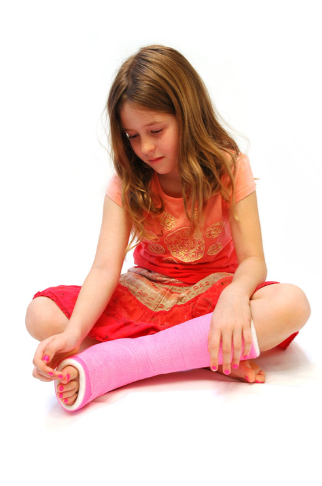Obstacle courses are one of our favourite activities to use in sessions here at CKP.
They have so many benefits for child development and it is something the kids also love to help build and construct.
You don’t need to go Ninja Warrior to have a beneficial obstacle course for your little one! You would be surprised at what you have at home that you use everyday that can double up as an obstacle.
Some of the benefits of an obstacle course for development include:
Strength and balance
- Balance beams and stepping stones are a great way to practise balancing with your little one.
- Climbing, crawling and jumping are also great ways to help build strength
Memory and motor planning
- Obstacle courses help children solve problems as they learn how to manoeuvre up, over, or through obstacles. They also have to remember the sequence of the course which assists with motor planning.
Sensory input
- Obstacle courses give kids lots of tactile feedback when they move their body over, under and through obstacles. They also encounter linear up and down, side to side, and spinning inputs as they change directions and heights throughout the course.
Coordination
- An obstacle course provides a lot of opportunities for children to develop complex bilateral coordination. This will help them move their body in a way to stay balanced and complete the task. It will help in the future with ball skills, drawing, writing and playing sports.
Fine and gross motor skills
- Putting your body in different positions, such as running, jumping, crawling on hands and knees and using your arms to climb helps all motor skills.
Our favourite things to use at home for an obstacle course
As you design your obstacle course, keep in mind the ages, abilities, and number of children involved as well as the space you have.
Here are some of our favourite things to include:
- Crawl under or over a row of chairs. You can add another element by putting a big sheet over!

- Jump into and out of a Hula-Hoop to practise jumping and get some energy out!

- Walk on a balance board – You could even use a row of cushions to make it challenging and more unbalanced.

- Throw a beanbag or ball into a laundry basket to target ball skills. You can make this a station they have to do before moving on to the next one!
- Animal walks from one point to another. E.g. walk like a crab, jump like a kangaroo, roll like a log to the next obstacle! These are great for proprioception and sensory feedback.
- Sack races using a pillow case from one point to another.

- Hopping or jumping between obstacles – can make this fun by pretending the floor is lava
- Balance or walk along a path made with masking tape. Arrows can lead kids in all sorts of silly directions and can take courses over cushions, under tables, and in dizzying circles.
You can also add some cognitive elements to encourage kids to problem solve and use their imaginations!
Obstacle courses are not merely physical. Try having kids come up with a list of rules, like when they crawl through a tunnel they need to sing their ABCs or when they walk the balance beam they need to clap their hands every third step. Adding rules and being open to adjusting and changing them adds a mental challenge to the physical activity.



